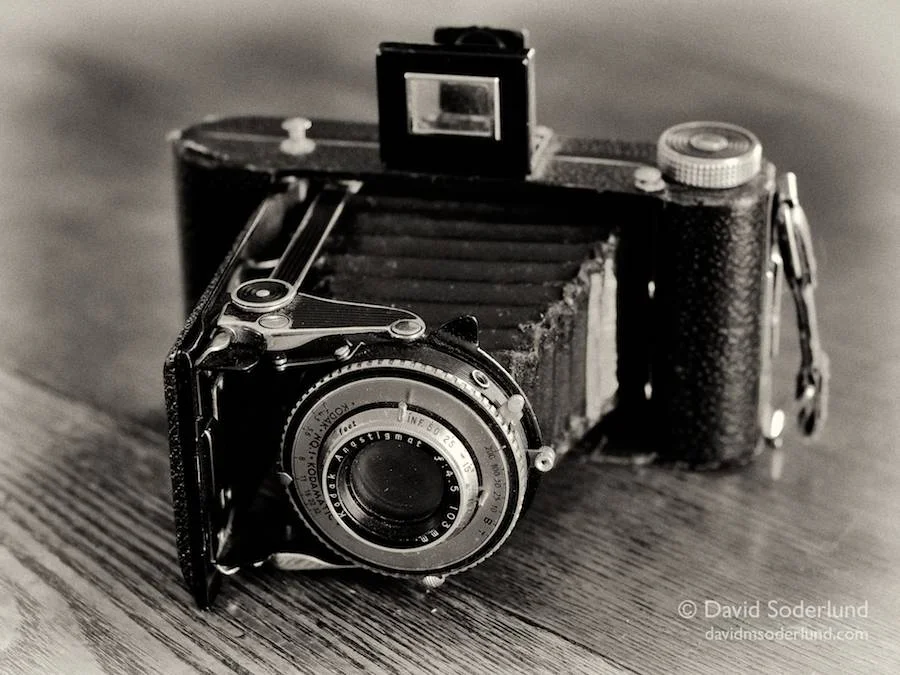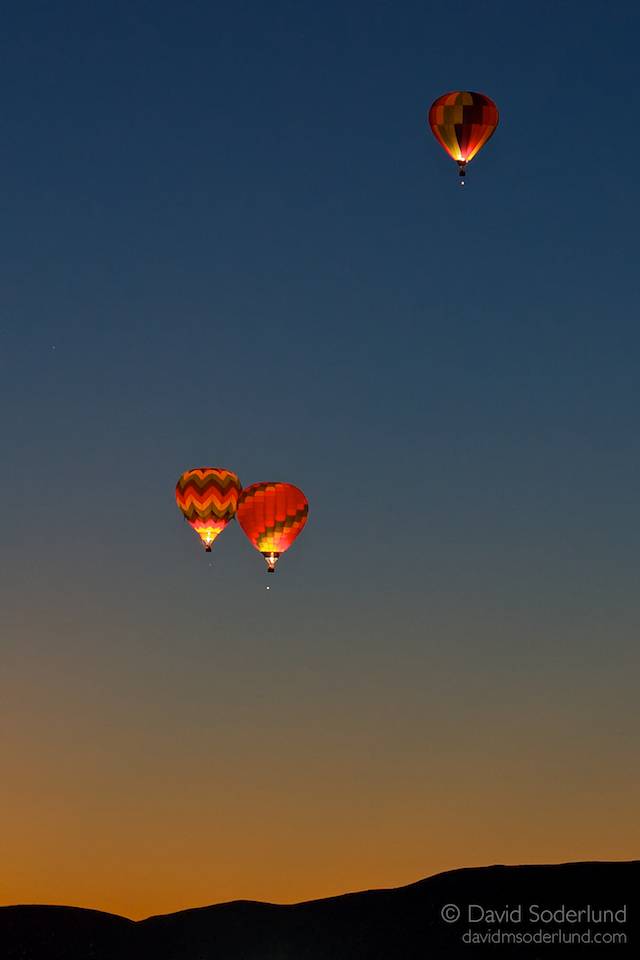This is the irony of photography in the digital age: the number of photographers has exploded and the internet is full of images, but the majority of these images are trapped on computers, tablets and smart phones and are viewed only transiently, often on a small screen. Only a tiny minority of these images ever escape from “pixel prison” and become printed, permanent things.
Canadian photographer David duChemin encourages photographers to print their work, hang it on the wall and live with it for a while. Only then, he maintains, can one gain some perspective about the enduring value of any particular photograph.
More than a year ago I decided to listen to duChemin and get more serious about printing my photos just for me, rather than the occasional print ordered as a gift for someone. For a while I was seduced by the apparent economy of print-to-order services, but I was ultimately not satisfied with how faithfully the print reflected my on-screen image. About a year ago I bought a dedicated ink-jet photo printer that will print images up to 13” x 19”. Since then I have been on a journey, fueled by ink and paper, that has led me to a greater understanding of the relationship between the digital image and the print and greater satisfaction with my own printed products. Although I am still a raw beginner with lots left to learn, my own prints now are much more satisfying that what I was able to achieve by ordering prints online.
The image above is one of my favorites from the past five years of photography. It was taken on a winter afternoon in Brooklyn, looking down Washington St. toward the Manhattan Bridge and intentionally composed to show the Empire State Building framed in the arch of the bridge tower. This photo was first printed for me by a local print-to-order business as part of a set of black-and-white images (some of mine, some of Carol’s) that we intended to display as a group, the “black-and-white wall” of our dining room.
After looking at it in this context for a while, I realized that the image needed to be both BIGGER and BETTER. Some additional post processing work solved the “better,” and my new printer took care of the “bigger.” The first image in this post is the result: printed 13x19, matted and framed 18x24. I was finally satisfied.
Recently, this image has been “on the road,” first as part of an annual exhibit of photos by members of the Finger Lakes Photography Guild in Canandaigua, NY, and currently as part of a juried show at the Image City Photography Gallery in Rochester, NY, where it was featured among the preview images for the show. The journey from pixels to paper made it possible to share this image in new ways.






























